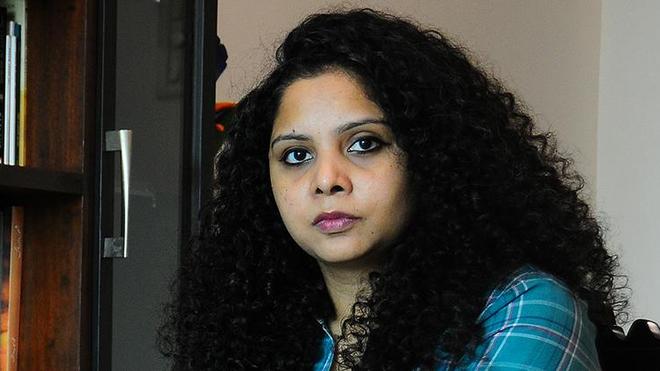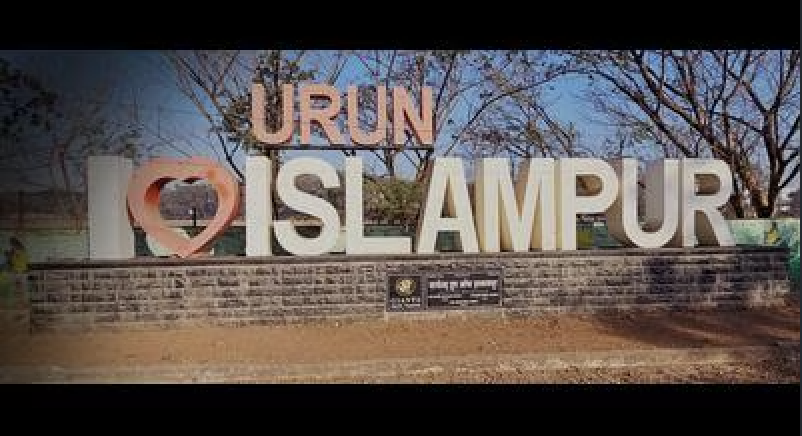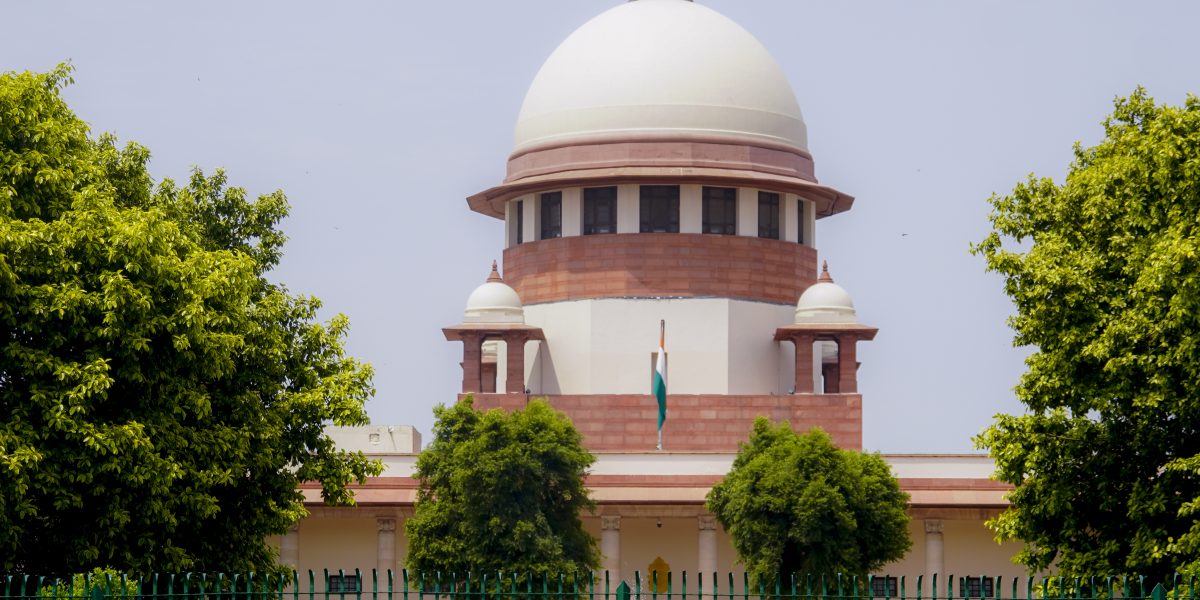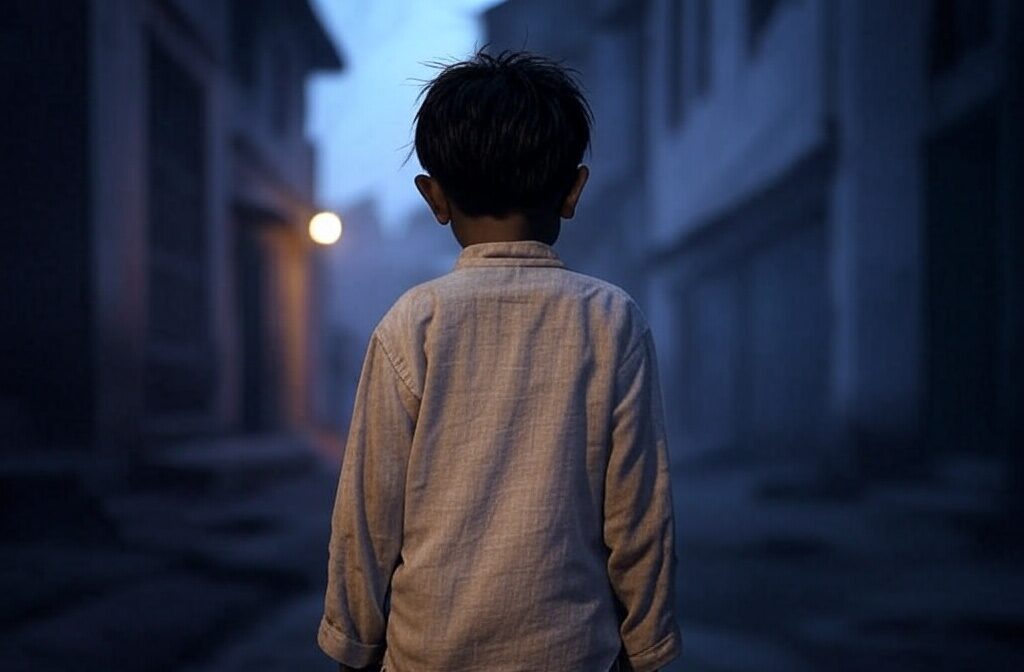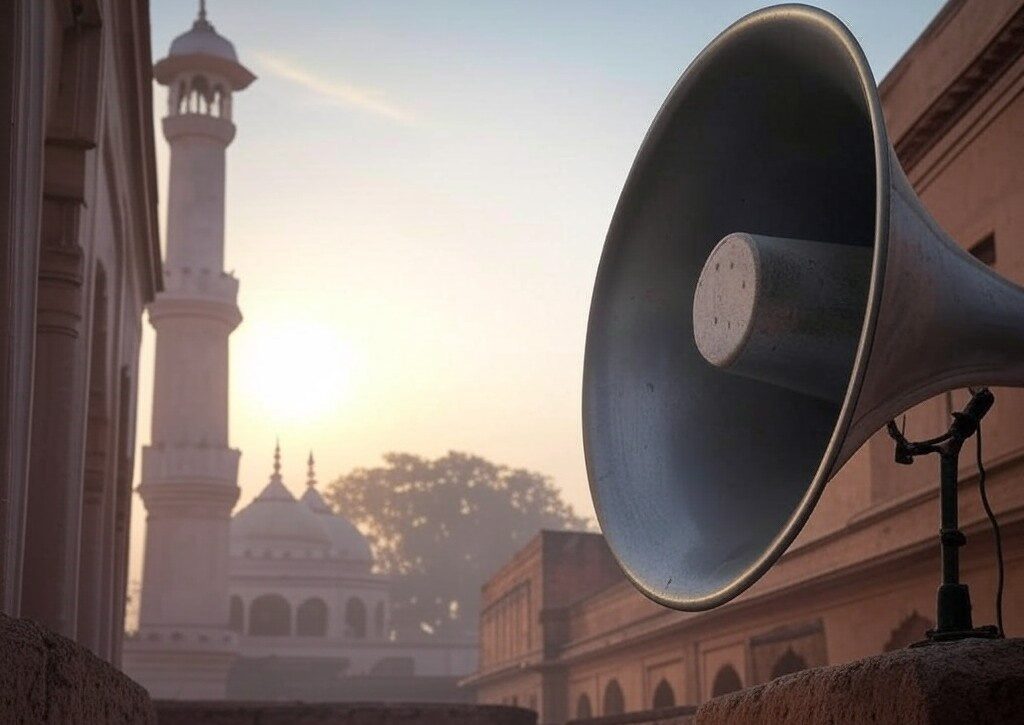By SEEMA MUSTAFA
Seema Mustafa is a senior journalist who has reported for papers such The Pioneer, the Indian Express, the Telegraph, and Asian Age, and is currently the editor of The Citizen, which she founded. Mustafa’s grandfather, Shafi Ahmed Kidwai, was a freedom fighter, and her grandmother, Begum Anis Kidwai, served as a member of parliament in the Rajya Sabha from the Congress party for 12 years. Her father, Lt Col Syed Mustafa, served in the Indian Army, and her mother, Rafia Kidwai, was an editor, one of the first Muslim women to be employed at the National Herald. In her memoir Azadi’s Daughter, she writes about her experiences as an Indian Muslim: from her childhood in Delhi and Lucknow; to reporting on the ground in Assam, Uttar Pradesh, Jammu and Kashmir; as well as living through the communal tensions in 1984 and the early 1990s. “I am a Muslim, culturally but not religiously,” Mustafa writes in the preface to her book. “It is an identity that I decided, very consciously, to adopt along the way to help counter the stereotype of the Muslim that was being created by the political parties, and even governments, in India.” “I find all my identities under threat today,” she adds. “As a woman, as a journalist, as a Muslim, as a secularist, as a liberal and even as an Indian, because the Idea of India … is under threat.”
In the following extract from the book, Mustafa recounts the effect that she noticed the Muslim community undergo after the anti-Sikh riots of 1984, and how this changed leading up to, and after, the demolition of the Babri Masjid in 1992.
Muslims as a community were absolutely shocked at the level of the violence in 1984. I remember the fear in Muslim homes during those days, as relatives called wondering whether the fury of the mobs would turn against them. An aunt was heard fervently thanking God that the assassins of Indira Gandhi had not been Muslims, an echo of what the minorities probably said when Gandhi was killed by Nathuram Godse. Given the surge of communal hate and violence at that time, a Muslim killer would have ensured the virtual annihilation of the community and plunged India into bloody chaos from which it would have in all probability emerged as a Hindu, and not a secular state. In 1984 too, the insecurity amongst Muslims was palpable, even though they were not in the sights of those holding the gun.
The build-up to the demolition of the mosque preyed on this insecurity. Muslims travelling in trains did so under false non-Muslim names, as they were afraid of being targeted. The situation worsened after the demolition, as minorities in India realized that they could no longer rely on the state for protection. I was returning from a visit to Uttar Pradesh and got onto a train from Lucknow without a ticket, hoping as was usual for us reporters, to convince the ticket collector to allocate a berth. I immediately ran into a high profile group who offered me space—Raghu Rai, Mohan Bawa to name a few—who were returning from a visit to Ayodha to give the artist’s perception of the demolition. They were angry and incensed and we started talking about what they had seen and found. Finally a man in the opposite berth could take it no longer and sat up to shout, “Stop it, you are disturbing us.” It was fairly early in the night, so clearly this was not the reason. He then lay back with a loud “Jai Shri Ram” the clarion call of BJP supporters those days. Mohan Bawa with his flowing beard shouted spontaneously, “Allah o Akbar,” with the rest of us shushing him, even as we choked with laughter. And then fell silent, suddenly aware of the gravity of the situation.
My father was at the time living alone in Lucknow, and the situation there was tense. Mobs would often parade through the colony he was living in, shouting communal slogans. We begged him to take down his nameplate, but being an army officer, he refused. Muslims were feeling the heat, and memories of the massacre of Sikhs in Delhi came alive as neighbours came out to assure each other of safety and security.
The demolition of the mosque had a strange kind of impact on Muslims, at least in North India. There was a never-before-seen questioning of the leadership that had sprung up in the form of action committees around the mosque. Who are these people, they tried to get our support by encouraging confrontation, where are they now, let them come here we will show them—were some of the reactions I recorded. The anger was palpable, as Muslims came out to virtually reject the leadership that had disappeared at the first sign of violence. As many pointed out at the time, Muslims in India have never voted for a Muslim leader. The greatest “Muslim” leaders have been Jawaharlal Nehru, Indira Gandhi for a while, Vishwanath Pratap Singh, Mulayam Singh, Laloo Prasad Yadav, Hemwati Nandan Bahuguna. The minorities always voted for the party or the individual who they felt could provide security and, for decades, development became secondary. The demands for education and employment took second place, as Partition, the spate of communal riots post-Independence, the demolition of the Babri Masjid and other such landmark developments brought the issue of security to the forefront, eclipsing all others.
This also gave a sense of complacency to many of the parties that the minorities reposed their faith in over the years, as their unscrupulous leaders knew that all they had to do was evoke fears of communal violence and majoritarian fundamentalism to get Muslim votes. Muslim leaders, too, thrived on this, as it helped consolidate the constituency to some extent, and give them that little moment in the limelight they were all yearning for. They were patronized by some of the political parties, brought in for talks with the government, and went around the countryside issuing threats of “reprisals” if the Babri Masjid was destroyed. But when the “kar sevaks” brought down the domes and ripped into the secular foundations of independent India, they were not even near the spot.
The nation went into shock, with the celebrations confined to the Hindu communal organisations of the time. But as the shock wore off, a strange and totally unexpected process of introspection was noticeable amongst the minorities. It was as if they had been woken out of deep slumber and had finally started questioning all they had either taken for granted, or simply ignored. One, the Muslim leadership and persons like the imam of the Jama Masjid were shunned, and their support base dramatically reduced. Many in Jama Masjid told me at the time that the imam should confine himself to leading prayers, and not issuing political fatwas that were bandied about in the media, provoking reactions that eventually hurt innocent Muslims. His frequent fatwas started being ignored, even by those living in the vicinity of the Jama Masjid in Delhi, and he (and later his son who succeeded him) found his influence waning.
Secondly, those who had hoped to be promulgated to national politics through the Babri Masjid committees went into hiding for a while, as the questions being asked by the Muslims across the country, were sharp and angry. As pointed out earlier, they lost their space and gradually faded out of the limelight, unsung.
And third, and here I realise I am putting my neck on the chopping block, the demolition also broke the nexus between the two fundamentalist groupings that one had noticed while covering communal riots across Uttar Pradesh in particular, during the 1980s. Every incident of communal violence between Hindus and Muslims was preceded by days, and sometimes weeks of rumours, such as “A Muslim boy has been kidnapped and killed,” or “A Hindu girl has been raped and killed,” which would sweep through the mohallas, regardless whether it was Kanpur or Aligarh or Meerut. The atmosphere would, thus, be charged, with both communities tense and angry. The absence of the authorities left both at the mercy of the fundamentalist organisations who worked, almost in unison, to spread their version of the rumour amongst their respective religious communities. By the end of it, a tiny spark was sufficient to light a huge fire, with both sides at each others’ throats to avenge illusory events that had never taken place.
In Aligarh, for instance, a row over biryani between the seller and a customer ignited a blazing communal riot, which finished the booming lock industry. Reaching there while the violence was still on, I saw both sides literally standing across invisible barriers, hostility and suspicion and fear written across their faces. “Do not go there,” both told me separately, pointing to the other side, “they will kill you, you will not come away alive.” Many died, many more were injured, as both communities lost sight of the fact that one part of the locks that Aligarh was so famous for was manufactured by the Hindus, and the other component by the Muslims. This particular riot broke the back of the small household entrepreneurs, with the lock business being eventually captured by bigger industry.
Till date justice remains denied. Those responsible for the destruction of the Babri Masjid, those responsible for the killings that followed in different parts of India, remain free and happy. The victims continue to suffer in silence, carrying the anger and the scars for life.
But there was a positive development, quite by accident really. The destruction of the mosque seemed to have convinced Muslims that it was essential to avail of modern education and opportunities, and emerge from the ghettos to tackle the real world. A marked shift was the admission in Muslim circles that had remained on the fence earlier, that the Congress government’s reaction to the Shah Bano judgment of the Supreme Court in 1985 set the tone and developed the atmospherics for the opening of the Babri Masjid locks by the Rajiv Gandhi government.
The importance of competitive education was felt and traditional Muslim families started sending their boys for higher education. More Muslims started sitting for the UPSC examinations and while there are no figures on this, those like Syed Hamid, now the Chancellor of Jamia Hamdard, expressed happiness that they were getting more students, and better results every year. Small Muslim entrepreneurs started sending their sons (note, not daughters yet) for MBAs and other relevant degrees to help them modernize the family businesses. This reflected a desire to move on, with the minorities clearly wanting to get out of the firing line of communalism as soon as possible. It was as if they had realised that little would be done by the state to restore justice, and had decided to equip themselves with the tools necessary to move ahead.
But then life takes on its own dramatic colours, and the desire to move ahead was eclipsed by a violence that crushed and almost destroyed the emerging spirit.
This story was first appeared on caravanmagazine.in


